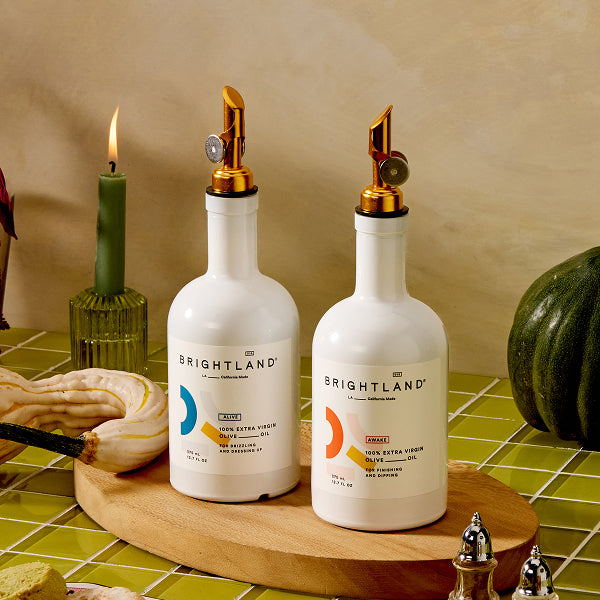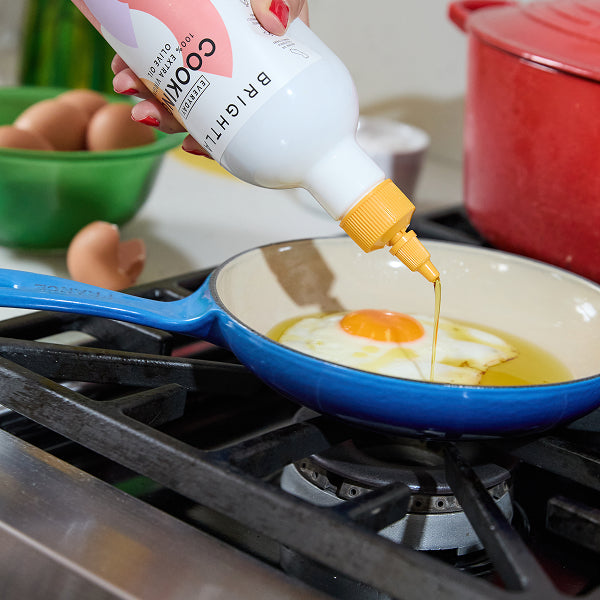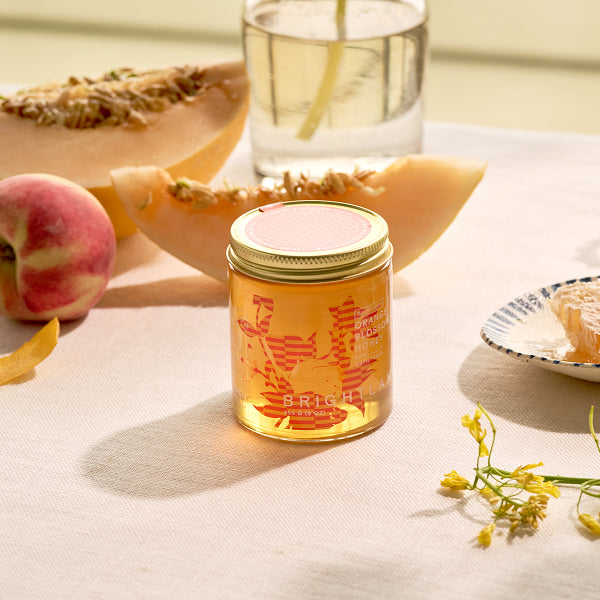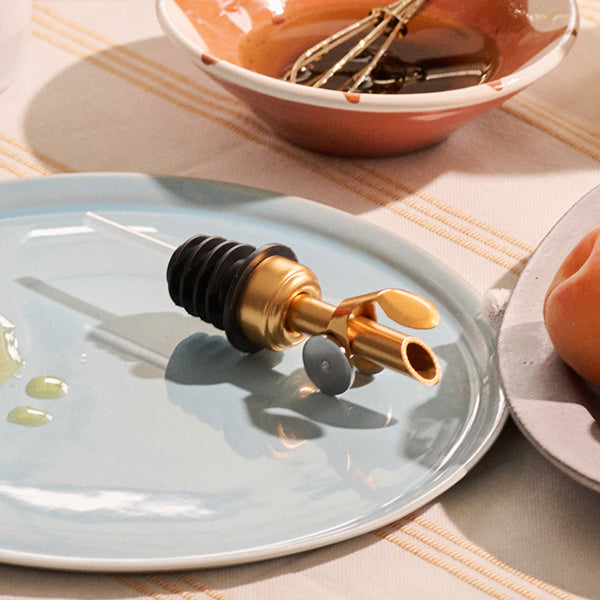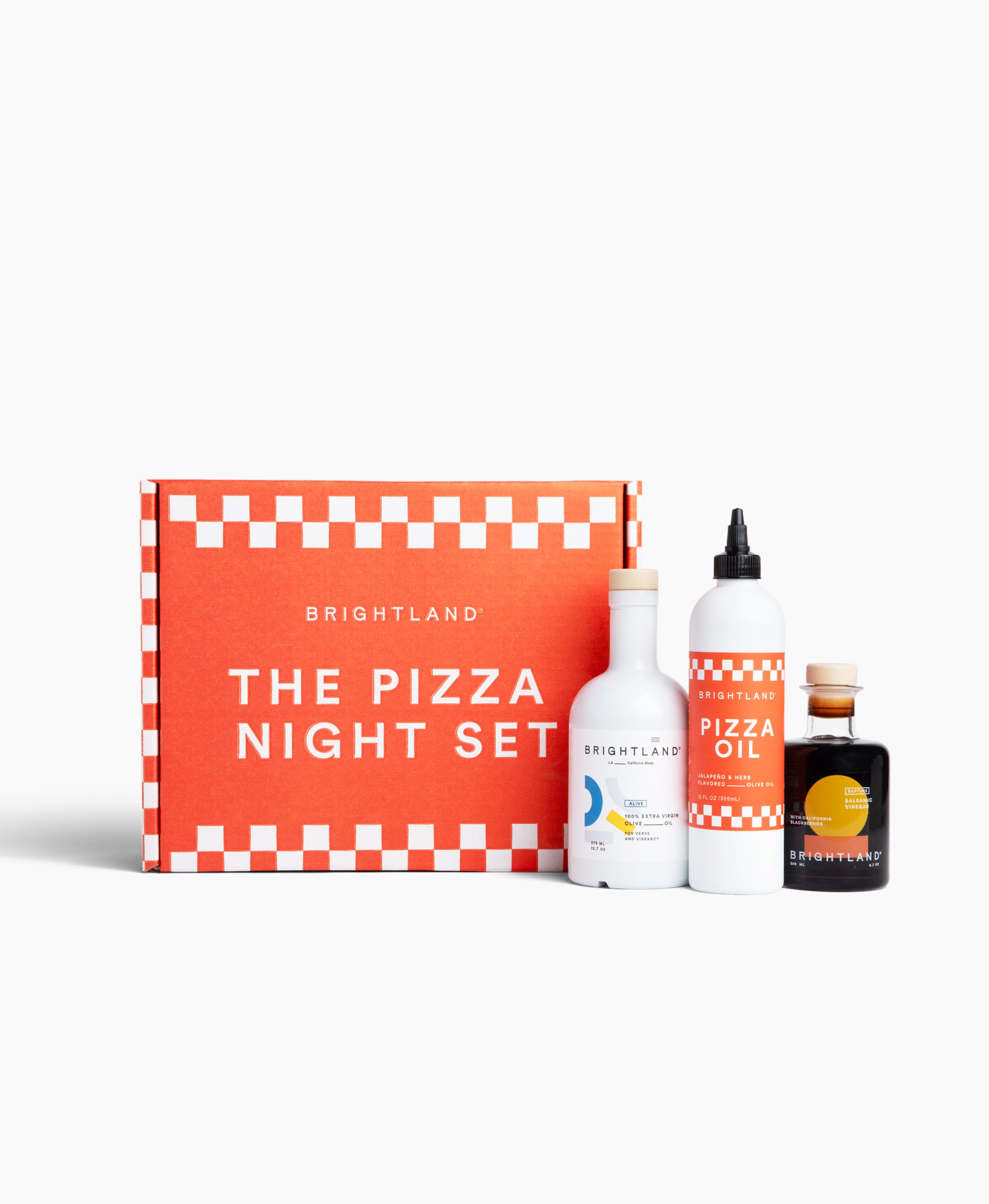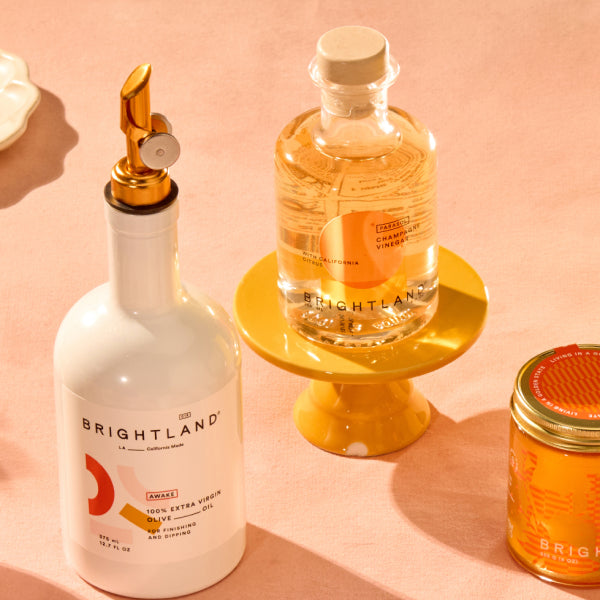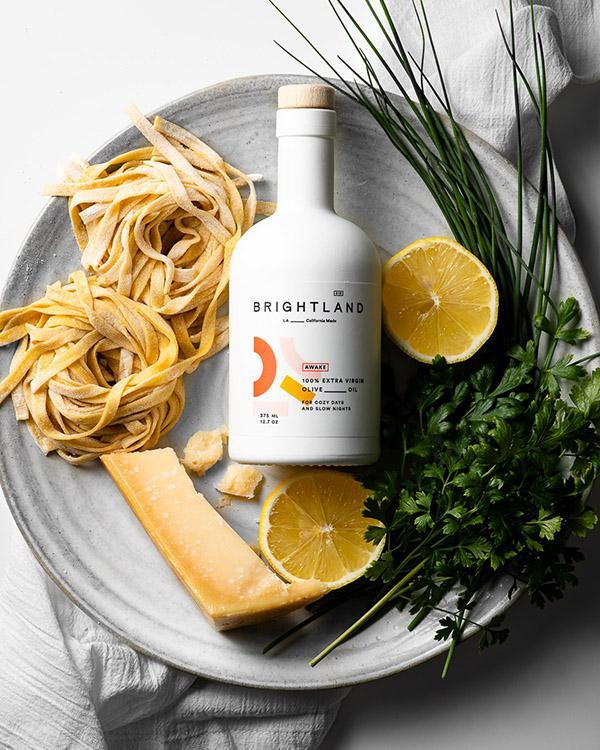Cooking is more than just a requisite for daily living. It is a hobby that sustains the mind, body and soul throughout life. Yet, for first-timers, taking on new culinary endeavors can feel overwhelming at best and downright terrifying at worst. But there is no reason to shy away from the art of cooking. After all, it is one that will enrich your life and impress your friends for many years to come.In this guide, we are going over everything you need to cook at home, from non-negotiable pantry staples to the basic culinary skills you should have under your apron.
Pantry and Fridge Staples to Have at Your Disposal
When you have a pantry and fridge full of quality staples, all you need to do is supplement with a few fresh items, such as a piece of meat from the butcher and some fresh veggies and herbs from the farmers market. Everything on this list is foundational to a ready-for-anything kitchen. They are the ingredients that are called for the most often and the ones you can transform into thousands of unique dishes.

- Good Olive Oil — By far the most important essential to have in the pantry — and on the counter with a spout or in a cruet — is a bottle of high-quality olive oil. This is a well-trained chef’s baseline cooking oil, used to lubricate the pan for sautéing, as the foundation of delicious dressings and as a high-end finisher. Always have a reserve of fresh olive oil on hand for cooking, dipping, drizzling and dressing.
Beginner Tip: For a big pop of flavor, stock some herb-infused oils, such as our mouthwatering basil olive oil.
SHOP FRESH OLIVE OILS
- Soy Sauce — Soy sauce is not just for dipping sushi and dumplings. This culinary essential is used in thousands of dishes to add a salty kick and a punch of umami flavor. It can serve as the basis of a good marinade for your meat and can liven up sauces for stir-fry and noodles. Use it in your glazes, salad dressings and more for a simple yet complex addition.
- Balsamic Vinegar — Is there anything better than a drizzle of quality balsamic vinegar over some freshly picked summer tomatoes? Indeed, balsamic is a bona fide pantry staple used as a building block for many dressings, marinades, sauces and dips. Always have some good-quality balsamic vinegar in the pantry and consider stocking some flavored vinegars as well for an unexpected kick.
- Local Honey — In addition to the salty and savory staples, make sure to have some natural sweeteners, such as maple syrup, agave or honey, in the pantry. Locally produced raw honey is our favorite option, as it brings a warm, rich flavor and is high in antioxidants. Use it in hot drinks, sauces, marinades, dressing, dips and anything else you want to balance out with a bit of sweetness.
- Garlic and Onions — Hardy veggies and aromatics such as potatoes, onions, ginger and garlic are considered staples, but you will have to replenish them every few weeks. Make sure to store them properly in a cool, dry and dark place with good ventilation. This will ensure that they last as long as possible.
The Tools You Need to Start Cooking at Home
Although the kitchen aisle is packed with thousands of unique gizmos and gadgets for dreaming up big meals, the truth is that there are only a few essentials you need to hone your flair for the culinary arts. No need to be swayed by purpose-built and task-specific. Instead, stick to the basics, like a well-made (and well-seasoned) cast iron Dutch oven and a nonstick saucepan that cleans up in seconds.

- Chef’s Knife — The 6- to 8-inch chef’s knife is arguably the most versatile and therefore essential kitchen tool, not only for novices but also seasoned chefs. It is the tool that slices, chops and preps better than all else. Look for time-honored brands recommended by real chefs (in this case, they are often German or Japanese) and start with that line’s beginner’s knife. Size and comfort are key, so consider trying a few before buying.
- Large Dutch Oven — Next to the chef’s knife, the Dutch oven is the most valuable player in your culinary toolkit. It is the original multipurpose pot that lets you simmer, sear, boil and braise all within a single vessel. Another key benefit? The Dutch oven is designed to go from stovetop to oven to table, so it can really handle it all. Dutch ovens can be an investment, especially if you go for the legacy French makers (Le Creuset and Staub, for example), but there are quality, affordable options by other brands out there.
- Cutting Board(s) — Your cutting board is the ultimate work surface where you will peel, chop, season and prep. Cutting boards protect your countertop and make cleanup easier. Plastic cutting boards are lightweight and easy to clean, but nothing beats a high-quality wood option when you are doing heavy-duty chopping and prep work. Our best advice? Purchase one of each.
- Vegetable Peeler — Not all purpose-built implements are gimmicks. Peelers make quick work of menial tasks, like prepping potatoes for boiling or carrots for roasting. Choose one with a sharp blade and a comfortable handle that is designed to shave a variety of veggies so you do not need multiple tools.
- Nonstick Skillets — For beginners, nothing beats nonstick cookware. The material is versatile enough for all sorts of cooking tasks — sautéing, sauce-making, simmering, etc. — but is easier to clean than copper or stainless steel, saving you time and effort. Be sure to have large and medium nonstick skillets in your collection to accommodate meats, veggies, sauces and more.
- Baking Dishes — Whether it be a basic baked ziti or an elegant au gratin, you will need a good set of bakeware. It helps to have standard sizes, such as a 9-inch by 13-inch rectangular pan and an 8- or 9-inch square pan, so you can easily adapt recipes. Glass, ceramic and stoneware are excellent options.
- Zester/Grater — Though it may not be the most essential tool out there, zesters (such as Microplanes) can do a surprising amount of heavy-lifting in the kitchen without taking up much space. They zest citrus, grate cheese and make quick work of grating garlic. If you really want to impress a crowd, use your Microplane to garnish dessert with the zest of a whole nutmeg or some shavings of sweet dark chocolate.
The Skills Required to Start Cooking
While what you have in your cabinets matters, you also need to master a few foundational cooking skills before you get started. We recommend turning to YouTube and watching tutorials by famous chefs and kitchen authorities. If you are serious about making cooking your new obsession, you might consider taking a more formal cooking class online or in-person.

- Basic Knife Skills — Never wield a kitchen knife without knowing first how to use it. Learning how to cut veggies, meats and more ensures safety in the kitchen while also leaving you with a presentable, attractive result for plating. Be sure to learn how to hold a knife and how to sharpen one because a dull knife is more dangerous than a sharp one. Practice and master all the basic cuts — large dice, small dice, chop, mince, julienne, batonnet, brunoise, etc.
- The Concept of Mise en Place — The French term “mise en place” translates to “putting in place.” It is the concept of setting up and preparing your ingredients in a neat workspace where everything is easily accessible. It also refers to the process of preparing the mind for cooking. The idea is that gathering and organizing the ingredients will make you a better, more thoughtful chef, and we certainly cannot argue with that.
- Cooking with a Gas Oven — If you have a gas range or oven, be sure you understand how to use it. Of course, an open flame in the kitchen brings some risks you would not get with an electric one. Know how to light the burner and remember to stay aware of the flame at all times. You should also have a working fire extinguisher and carbon monoxide detector in the kitchen.

- How to Build a Sauce — Sauce-building is an important skill for any chef. Although it takes a bit of improvising and plenty of tasting as you go, there is a basic formula to making sauces from scratch. Curious beginners tend to have luck starting out with the five “mother sauces” of classic French cuisine. These include béchamel, hollandaise, sauce espagnole, sauce velouté and sauce tomat. With that said, there are an array of easy two-ingredient sauces you can keep in your back pocket when creating on the fly.
- How to Make Pasta — Pasta is one of the first cooking attempts for many new home chefs, and for good reason. Not only is it a simple and tasty staple food that can be dressed in a thousand ways, but it also serves as a valuable learning tool. The key is to learn how to properly season the water (according to beloved culinary authority Claire Saffitz, you need a good amount of salt) and how to use the pasta water to make excellent sauces.
- Where to Look for Recipes — Not all recipe resources are created equal, especially if you are a first-timer looking to start with the basics. Where you turn for recipes depends on the kind of chef you are. If you want to master the classics, be sure you have a copy of The Art of French Cooking and The Joy of Cooking. If you enjoy the precise, scientific side, The Food Lab is an essential. Exploring popular YouTube channels such as Binging with Babish and Bon Appetit is a great way to get inspired as well.
A Worthy Way to Better the Self
Learning to cook helps you infuse flavor and excitement to an otherwise menial task, all while fulfilling your creative interests (and your tummy) and impressing family and friends while you do it. It will also help you kick your takeout habit and eat healthier and cheaper. We hope this beginner’s guide inspires you to discover a new love for creating in the kitchen.
Image Credits:
Skellen / Shutterstock.com

